|
TennisOne Lessons Play Border Patrolby Corky Cramer
Winning Becomes As Easy as 1-2-3I can't tell you how many times I've come across players who've worked hour upon hour trying to develop a specific shot knowing that with that shot they can guarantee victory (the current shot of choice is the inside out forehand). At last the day of reckoning comes and they put themselves to the test, only to find they still end up on the losing side to that ancient slicer dicer. It's important to remind players of all levels that tennis is a lot more than the mechanical action of stroking a ball. Players must learn to play! When we think of playing we think of children, happy times and fun. Whether its hide and seek or tennis there are rules and strategies to be followed. It amazes me how kids and adults alike think about strategies but fail to use them in the heat of the moment.
I'm a coach who believes in winning! To me winning is a lot more fun than waiting for your opponent to lose. For that reason I created this concept to help you to understand how to play winning tennis and keep your focus throughout a match. Establishing the BordersBegin by breaking up the court into three Zones: Zone #3 starts one foot behind the baseline and ends half way between the base and service line. Zone #2 begins there and ends about one foot in front of the service line. Zone #1 goes from that point inside the service box to three feet from the net At the pro level a majority of the points end in Zone #2 with a forcing shot of some kind. Too often this positioning of the pro's movement on the court is misread. We seem to think that play takes place in Zones #3 or #1.
Closing out the Point
When moving forward to the ball in Zone #2 strike it and continue on forward. Position yourself so as to make striking the ball an offensive situation. Observe your opponent as you start to move forward from that spot. Move through Zone #2 and reorganize at the next border separating zone #2 and #1. Once again analyze the situation and wait for the opponent to strike the next ball then move forward in zone #1 for the finisher. If your first volley does not end the point, as an insurance policy move back to the borderline separating zone #2 and #1 after hitting it as more than likely your opponent will be thinking about sending up a lob. If the lob doesn't appear move back to the front of zone #1 and try to finish off the point again. Warning! When players are learning to come in and have aspirations of Rafterian like volleys they often make the mistake of trying to get from zone #3 to 1 without hitting an offensive approach from zone #2.The tendency is to blame poor volleys for losing the point when in fact they never got a chance to make a solid volley as balls were sent whizzing past them. Poor positioning by even the greatest players result in poor shot making. The next time you have a match remember to set up camp at the borders. You'll be amazed at how much time it feels like you have before you hit the ball. Some people might label this entire concept anticipation I call it good sound aggressive tennis.
As one of the top coaches in Canadian history, he developed over 50 players who won national titles, and coached over a dozen Davis Cup and Fed Cup players. A 25 year USPTA member, Corky is also a board member for The Advanced Tennis Research Project ( www.AdvancedTennis.com ). |
||||||||||

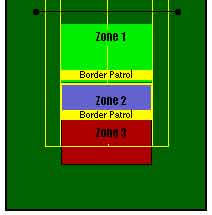
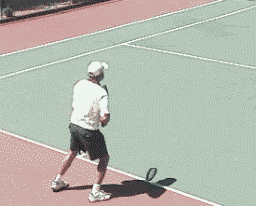
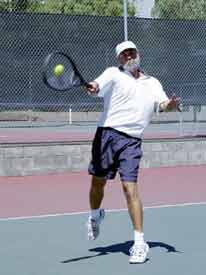
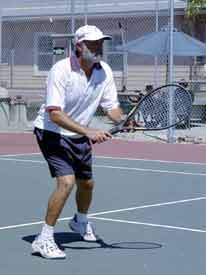
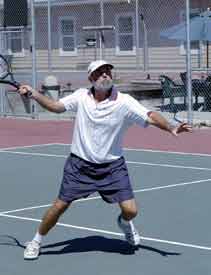
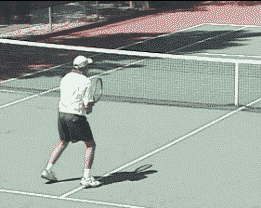
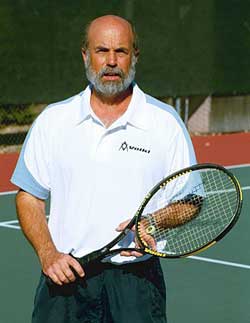 Corky Cramer, TennisONE contributing editor, is beginning a new series of articles from America's Great Teaching Pros. He is the Director of Tennis at the Montecito Heights Health and Racquet Club in Santa Rosa, California.
Corky Cramer, TennisONE contributing editor, is beginning a new series of articles from America's Great Teaching Pros. He is the Director of Tennis at the Montecito Heights Health and Racquet Club in Santa Rosa, California.